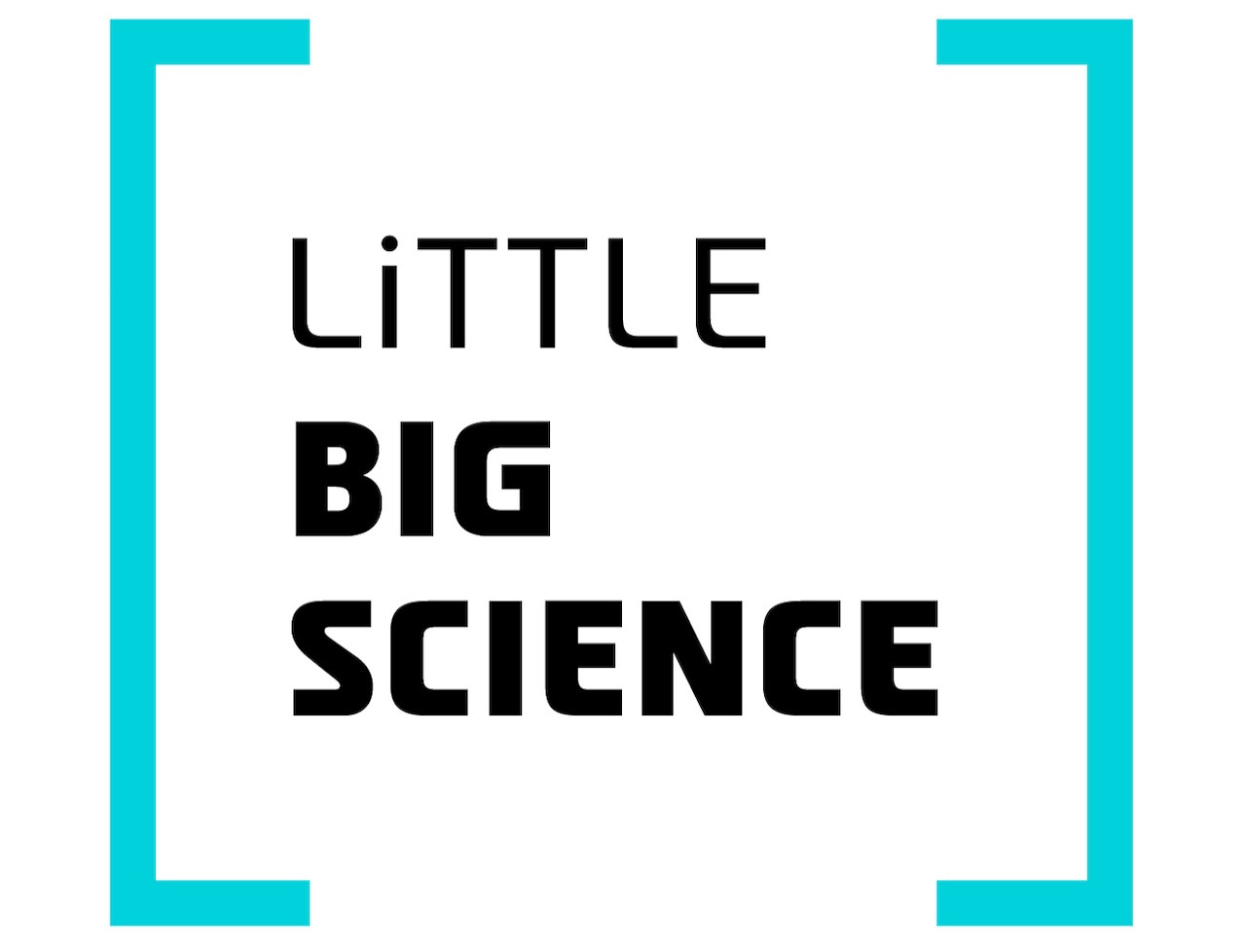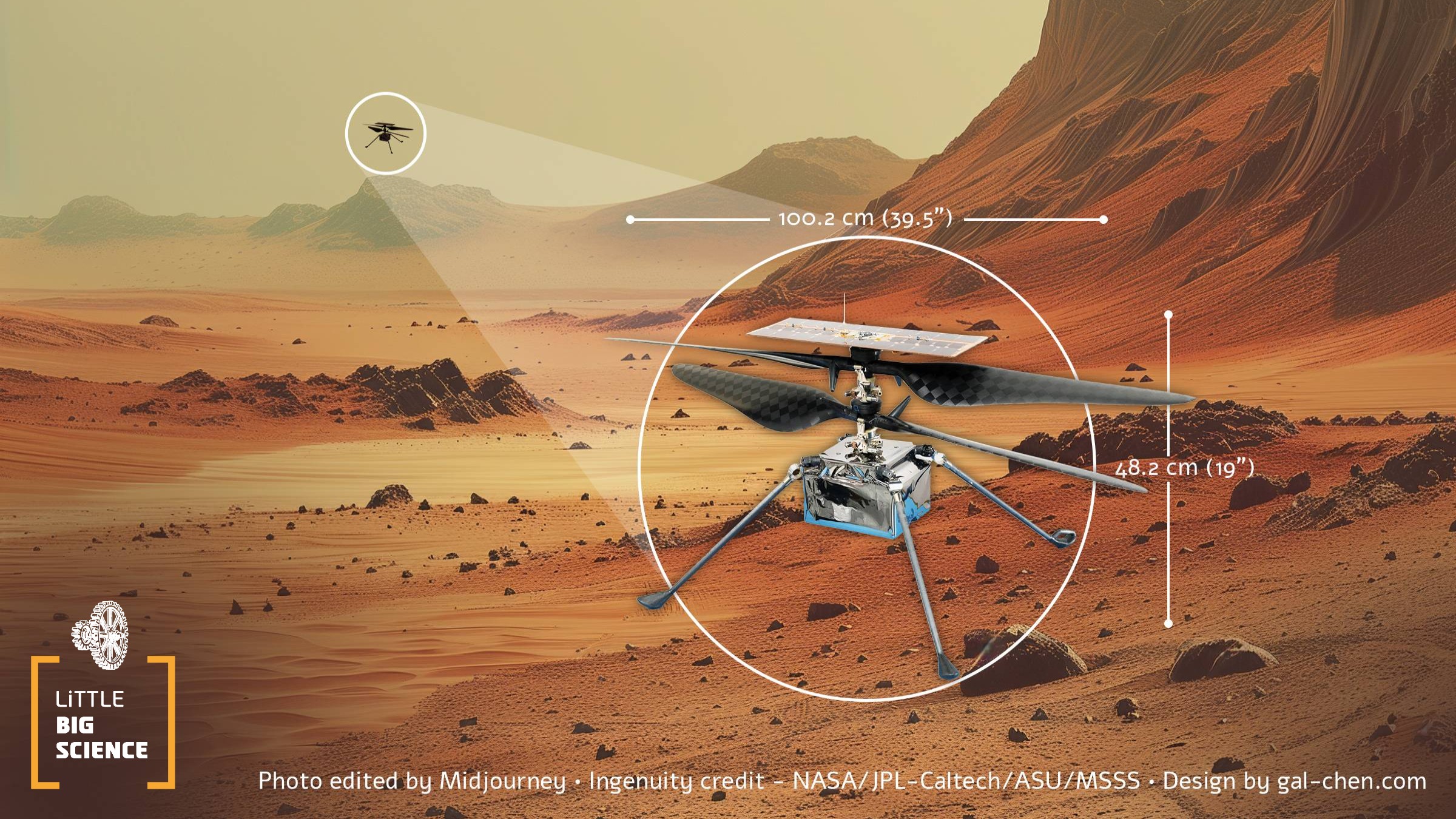
The Ingenuity helicopter was intended to be only a proof-of-concept and to fly only five times over the course of a month. In practice, it broke record after record and proved that flight is possible in the skies of another planet. The technology developed for it can serve in creating more advanced aircraft for exploring other planets. Which aerial missions are planned for the future, and how will it affect the future of celestial-object exploration?
Advertisement
On December 17, 1903, in Kitty Hawk, North Carolina, Orville Wright took the first flight. It was not particularly impressive—the flight lasted only 12 seconds and covered just 39 meters. Yet despite these modest numbers, it was the first flight of a heavier-than-air aircraft with an engine, controls, and, more importantly, the ability to carry a human. In other words, that small event proved that an efficient aircraft could be built and operated, marking a major breakthrough that opened the door to the development of the aviation industry. Those 12 seconds in the air have led to roughly 100,000 flights performed around the globe every day.
On April 19, 2021, a shoebox-sized craft topped by two rotors and a solar panel lifted off for the first time above the surface of Mars. This was NASA’s Ingenuity helicopter. Although small and relatively light, it demonstrated that flight is possible in Mars’s harsh conditions, overcoming its thin atmosphere and strong winds [1]. Who knows? Perhaps in a hundred years this day will be regarded as groundbreaking, almost like the Wright brothers’ first flight.

So, what records did it break? Despite weighing less than two kilograms and being designed for only five flights, it completed 72 flights over three years, until a blade strike disabled it in January 2024. Ingenuity logged 128.8 minutes of flight, covered 17 kilometers, and reached a maximum altitude of 24 meters. During its journey it provided previews of areas of interest, allowing the Perseverance rover to be directed there later, saving time and resources [2].
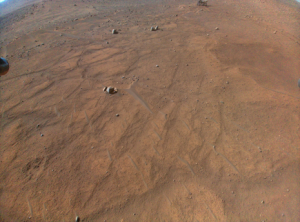
Image taken by the helicopter, 03/08/23. The rover appears at the top of the frame.
The technology developed for Ingenuity includes an advanced navigation system, a powerful propulsion system, and an efficient control system. Why is this so revolutionary? In planetary exploration, aerial vehicles offer many advantages: the ability to travel long distances quickly, to fly over terrain that surface robots cannot cross, and to provide close-up observations from altitudes lower than those of orbiting satellites—especially where high-altitude observations are difficult or when launching a satellite is difficult.
One future mission building on Ingenuity’s success is Dragonfly, a robotic NASA mission designed to explore Saturn’s largest moon, Titan [3]. Titan has a dense atmosphere and liquids on its surface. It resembles the early Earth, making it an intriguing place to study the potential for life beyond our planet [4]. The mission is scheduled to launch in 2028 and arrive at Titan in 2034.
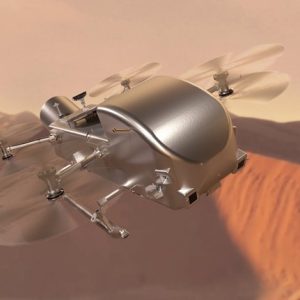
The mission is considered particularly complex. Here are some of the challenges: Titan lies about 1.4 billion kilometers from Earth, complicating communication and control; its atmosphere is hazy, hindering landing and flight; and Titan’s surface features hazardous terrain such as mountains and ice fields. The solution? Imagine a small robotic drone crossing Titan’s thick atmosphere. The drone will be a multirotor aircraft—an octocopter—with a top and bottom rotor on each of its arms. The small drones that buzz around us on Earth usually have four arms and four rotors and are called quadcopters. Dragonfly will weigh 400–450 kilograms, and thanks to Titan’s much lower gravity it will take off and land with ease, requiring 38 times less power than on Earth [5]. It will hover over vast methane lakes and venture into ancient ice caves, probing extreme environments that may provide hint for extraterrestrial life. Using advanced sensors, the drone will analyze Titan’s atmosphere, surface, and lakes to answer the question, “Does life exist there?” Dragonfly will conduct its research in short hops of up to 8 kilometers, collecting samples at each stop. In total it will fly more than 175 kilometers—nearly twice the distance traveled by all Mars rovers combined.
Because of the great distance, the aircraft will not be controlled in real time from Earth. Instead, it will rely on cameras and gyroscopes and will be trained to identify suitable landing sites.
Another future project is NASA’s Mars Science Helicopter. Don’t worry—we’re sure it will get a cooler name before launch. This six-rotor helicopter is currently in the proof-of-concept phase and is intended for aerial surveys and surface exploration, carrying 2–5 kilograms of payload and scientific instruments. It might even be used to retrieve the sample tubes collected by the Perseverance rover. For now, information is scarce because the project is still in its early design stage [6].
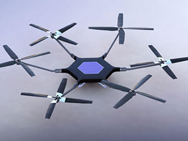
In summary, Ingenuity is a trailblazer for aerial vehicles in the exploration of celestial objects, and it is well positioned to change the way we map and investigate planetary surfaces, search for signs of life, collect samples, and more.
Hebrew editing: Shir Rosenblum-Man
English editing: Elee Shimshoni
Sources for further reading:
